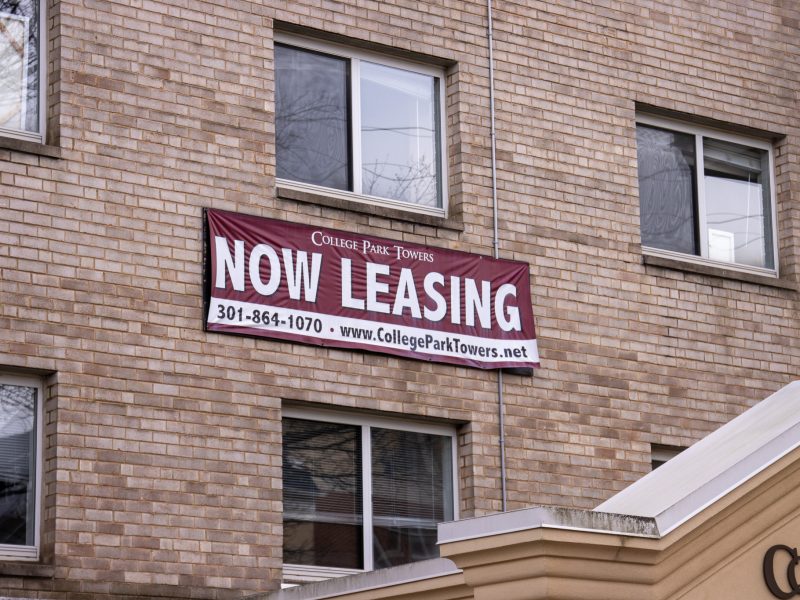Within a decade, out-of-hospital birth rates rose by 72 percent in the United States, according to a new study co-authored by a University of Maryland researcher.
According to 2004-2014 data gathered from birth certificates and the National Center for Health Statistics, out-of-hospital births have become more common since 2004 and now account for about 1.5 percent of all births, said Marian MacDorman, a professor in the university’s Maryland Population Research Center. The results of the study were published in March in the journal Birth.
Eugene Declercq, a Boston University School of Public Health professor and study co-author, said these data are important because they highlight what’s become a “real phenomenon” in the United States and deserves more attention and study.
“We’re talking 10 straight years of growth … and it’s about 1 in 70 births,” he said. “It can’t be dismissed.”
Declercq said the most surprising thing about the data, to him, was the extent to which people have to pay out of pocket for out-of-hospital births.
The data showed that for two out of three home births, families paid out of pocket for labor and delivery expenses. Meanwhile, only 3 percent of hospital births were self-paid, MacDorman said.
Out-of-hospital birth rates were also higher among the population of non-Hispanic white women, accounting for about 1 in 40 births, Declercq said. He noted that most of the mothers who were having out-of-hospital births were also mothers who had already had a child .
“So the real question is: What’s the experience of mothers in the hospital? What’s going on in their prior experience that leads them to want to have a birth outside of that environment?” Declercq said.
Though the data don’t provide reasons on why women are choosing to give birth outside hospitals more frequently, these statistics could point to a few conclusions, MacDorman said.
“It could be more women are getting access to the birthing experience they want to have more than they did before,” she said. “Increasingly, women are wanting to have a different experience than what’s happening in a hospital, where one in three births are born by C-section and there’s all these different types of interventions.”
In fact, out-of-hospital births presented lower risks, according to the study.
“Compared to mothers of in-hospital births, these mothers have lower rates of pre-pregnancy obesity, higher breast-feeding initiation rates, fewer cases of preterm delivery or low birth weight,” MacDorman said.
However, the number of out-of-hospital birth mothers who had to pay out of pocket indicates that there is a lack of insurance coverage for this option, MacDorman said.
“This is an interesting paper that highlights the growing desire of women and their partners to deliver in settings in which they have more control and agency over the process,” said Michel Boudreaux, a public health school professor who was not involved with this study.
It also addresses the lack of insurance options for families who prefer a non-hospital environment, he said, and future research in this area could help compare the costs and outcomes of various delivery environments and provide more insight into what potential role health care payers should play in out-of-hospital births.



